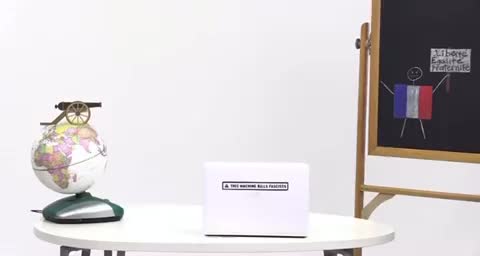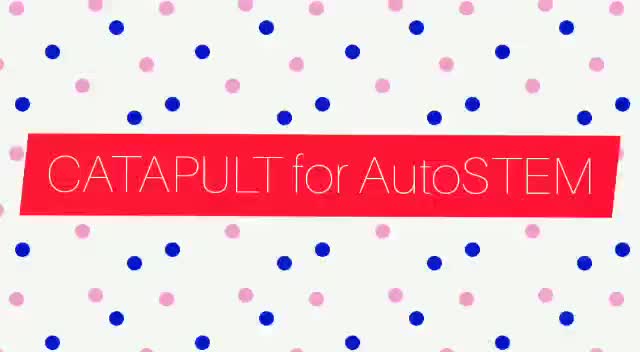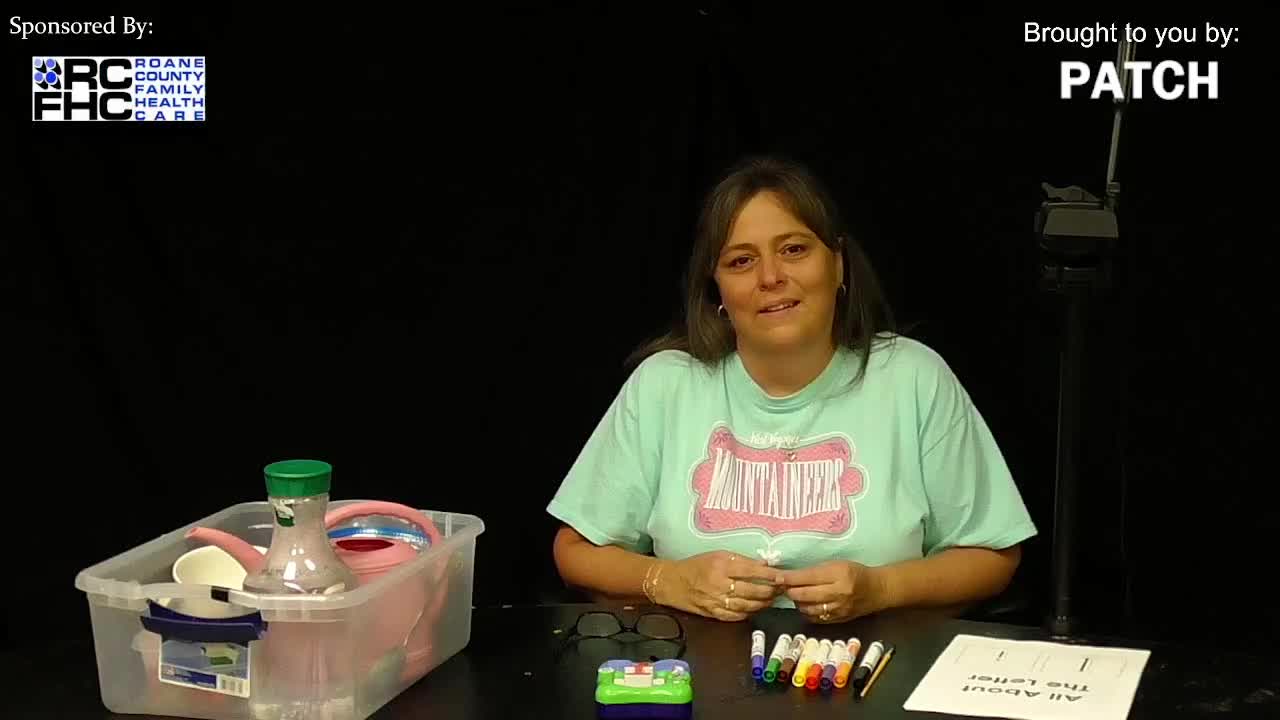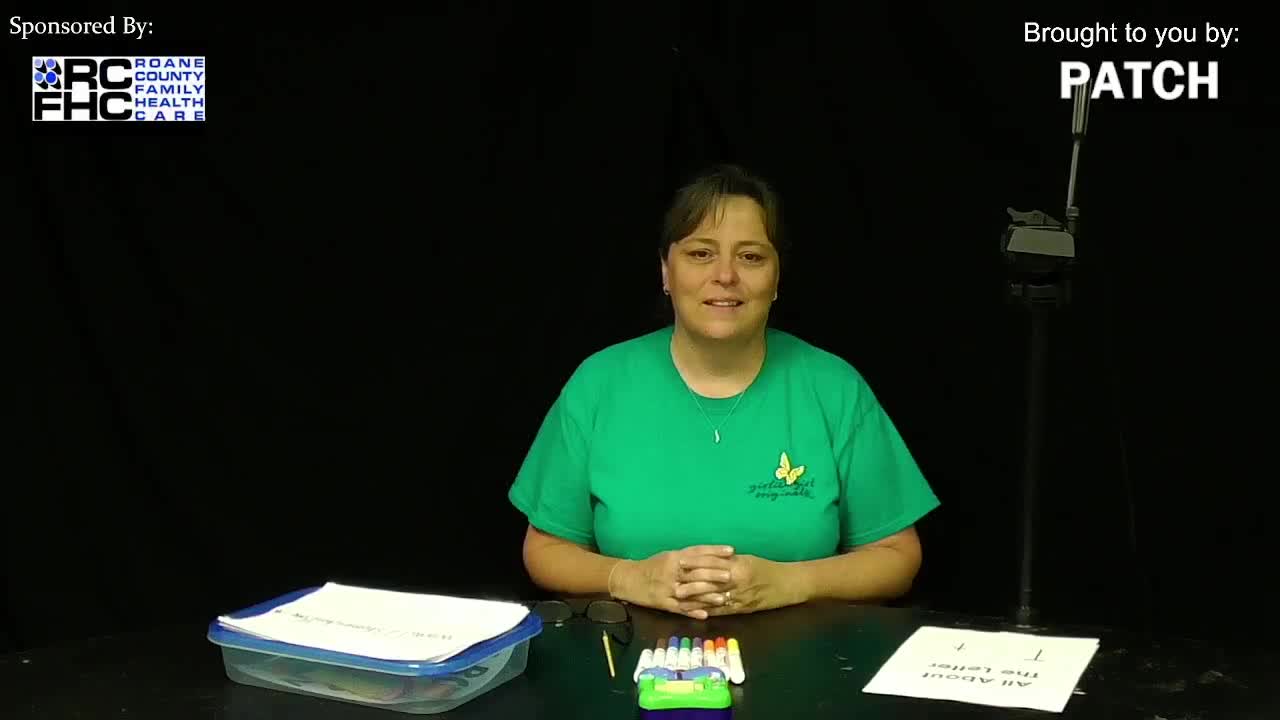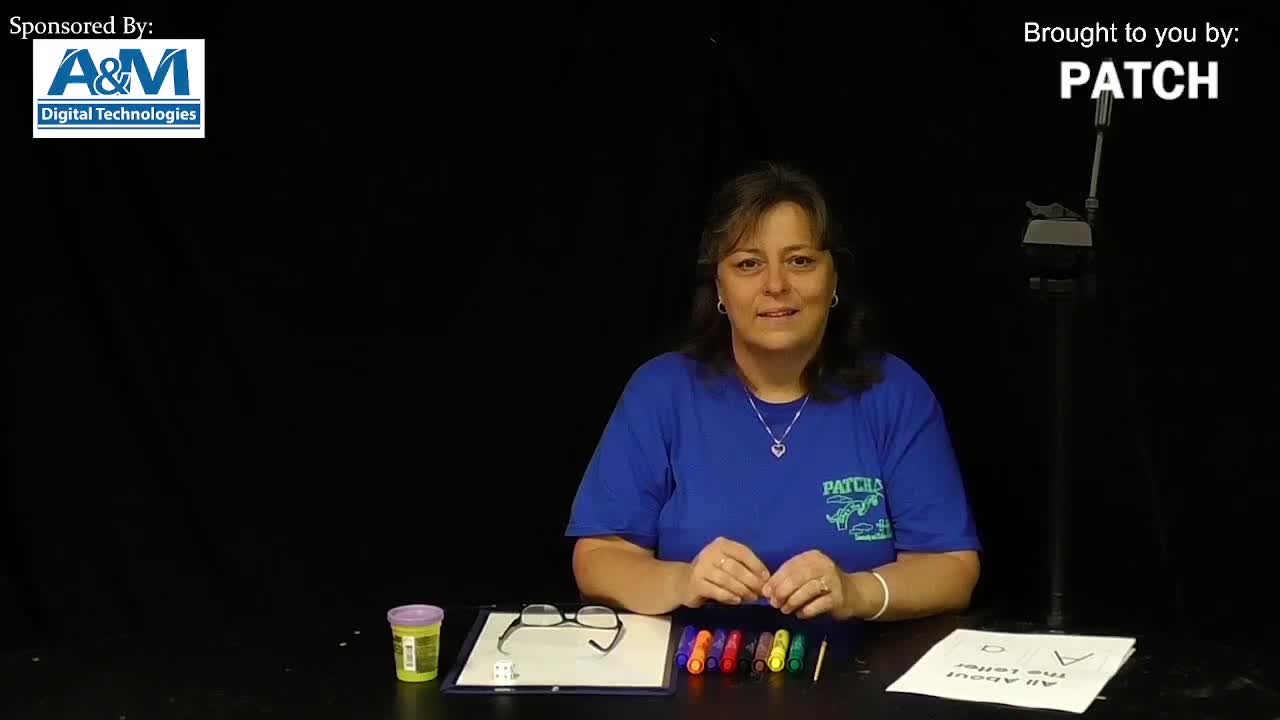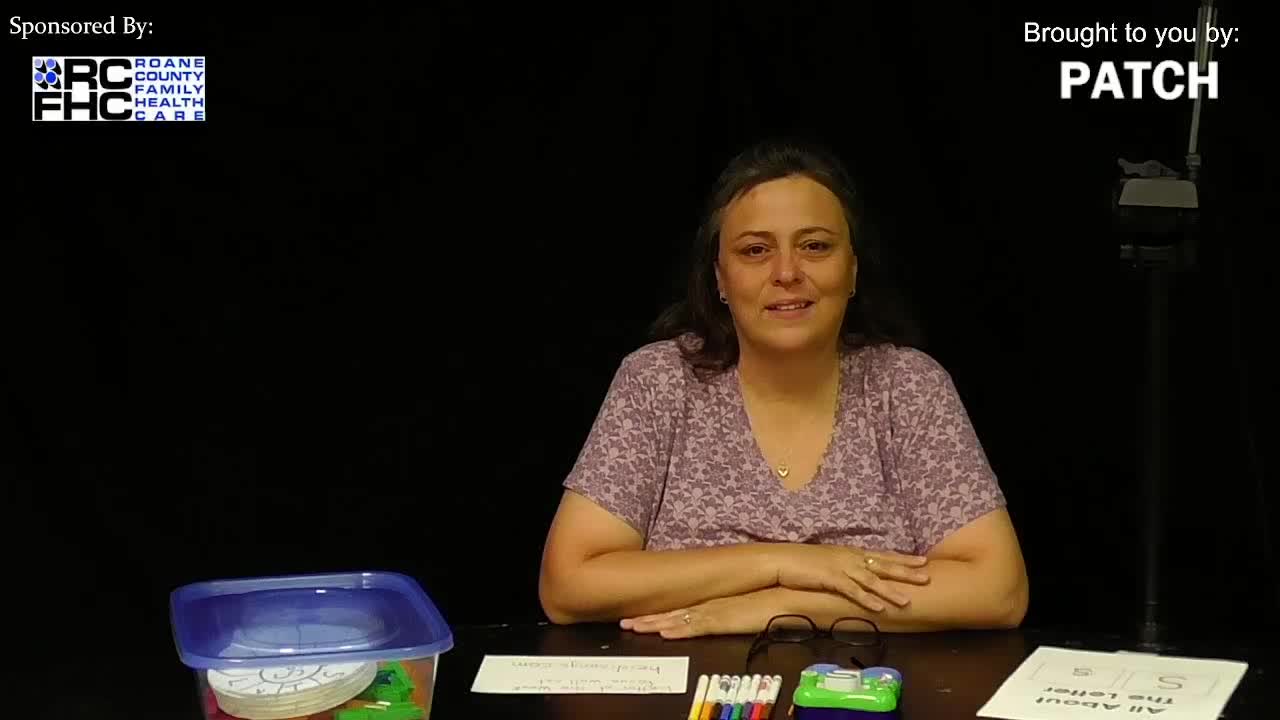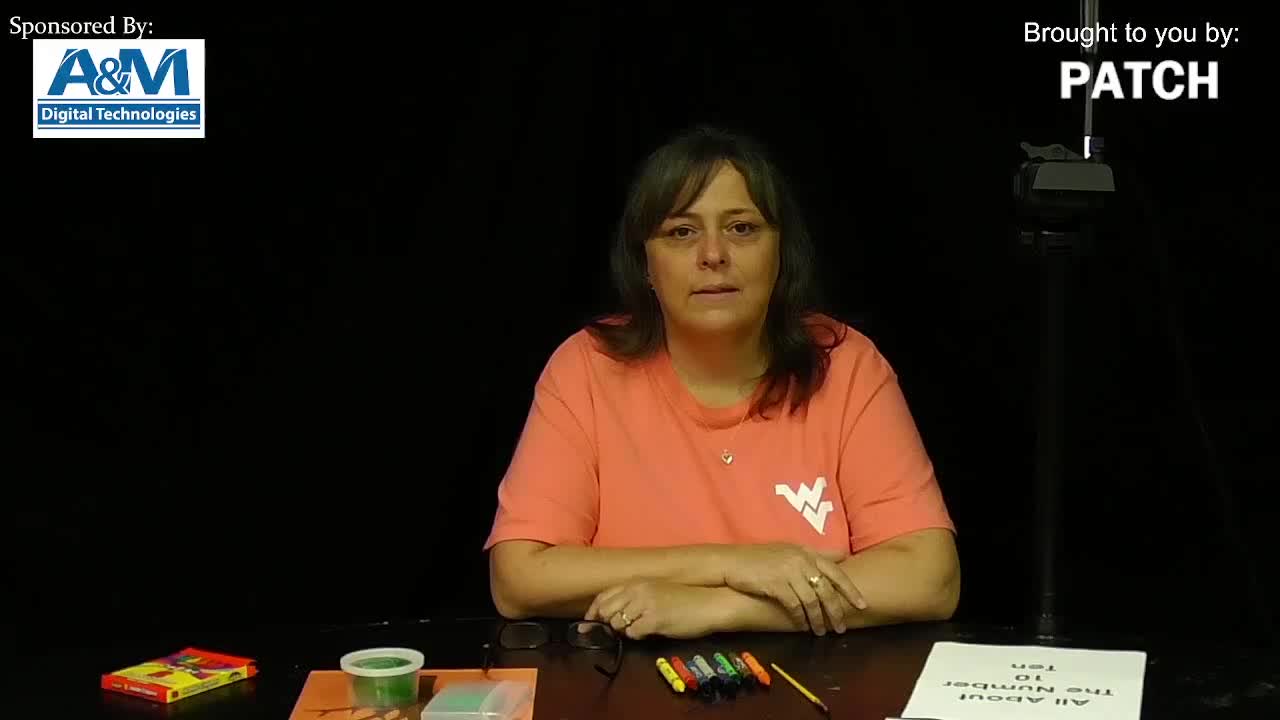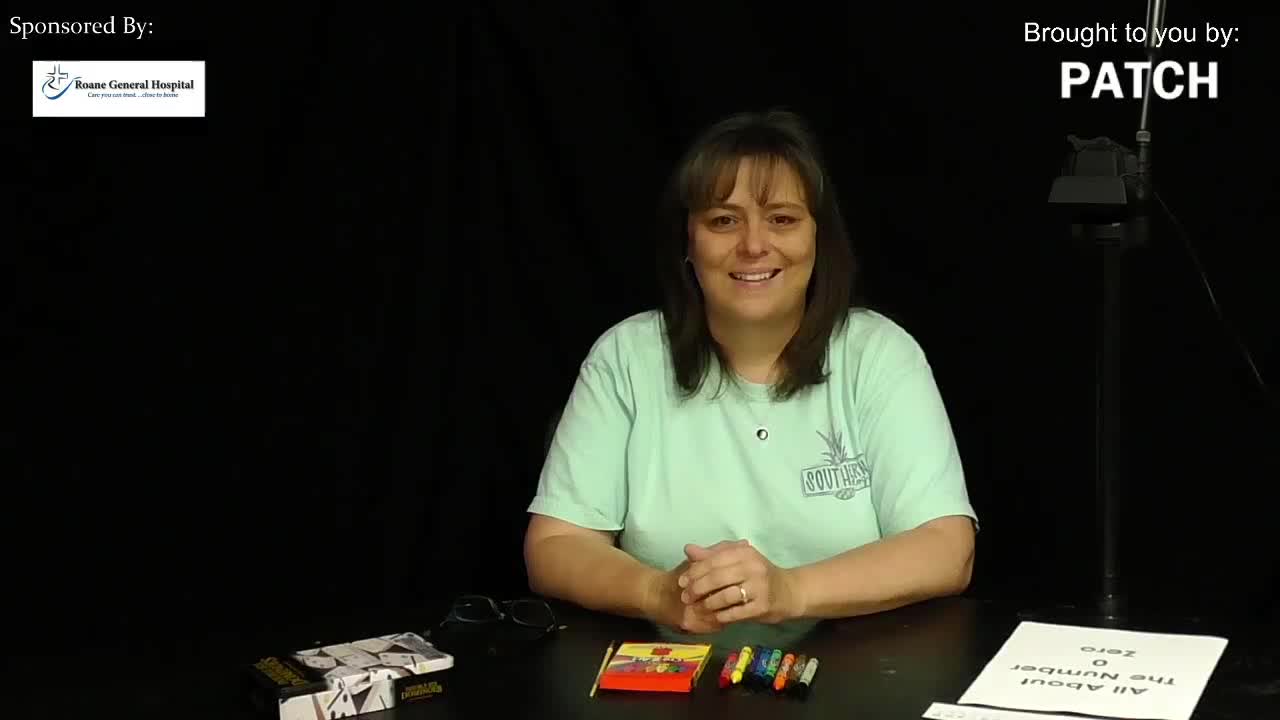Day during math, we talked about using mental math to help us multiply. We learned terms like the community property, the associative property, and how we can rearrange numbers to the factors that were multiplying together to help us multiply. So I'm not concerned with students identifying the commutative property, the associative property, using subtraction, that sort of thing. I'm more concerned with students being able to look at a problem and seeing something that they can do mentally, doing something they can do in their head. So we talked a lot today about quarters being 25 cents. So we know that four quarters equals a dollar. So four times 25 equals 100. 8 times 25, we can think of as two dollars. So 8 quarters equals $2. So 8 times 25 equals 200. Then it's really easy to multiply 200 times 23. Two times 23 is 46, and then you would just have to pop those two zeros onto the end. So you would get 4600 or 4600. Over here, we're using what we've already done with expanded form, partial products, same thing with number four. Number 5 is similar to the example up here. We're using subtraction. So 199 is only one away from 200. So I can do 9 times 200, but then subtract 9 times one. Number 6 here, this is the commutative property where we're rearranging the numbers. So rather than doing 20 times 72 and multiplying that by 5, switch the order. Do 20 times 5 first. That's a hundred, and then multiply that by 72. And number 7 is also expanded form. Break 32 down into 30 plus two. And multiply both of those by 25. So really just being able to look at a trickier problem and looking for ways to make it easier on yourself so you can basically do it in your head. So yeah, don't worry about labeling the strategies. Just look for ways to make your multiplication a little bit easier. Thank you. Have a great weekend.

